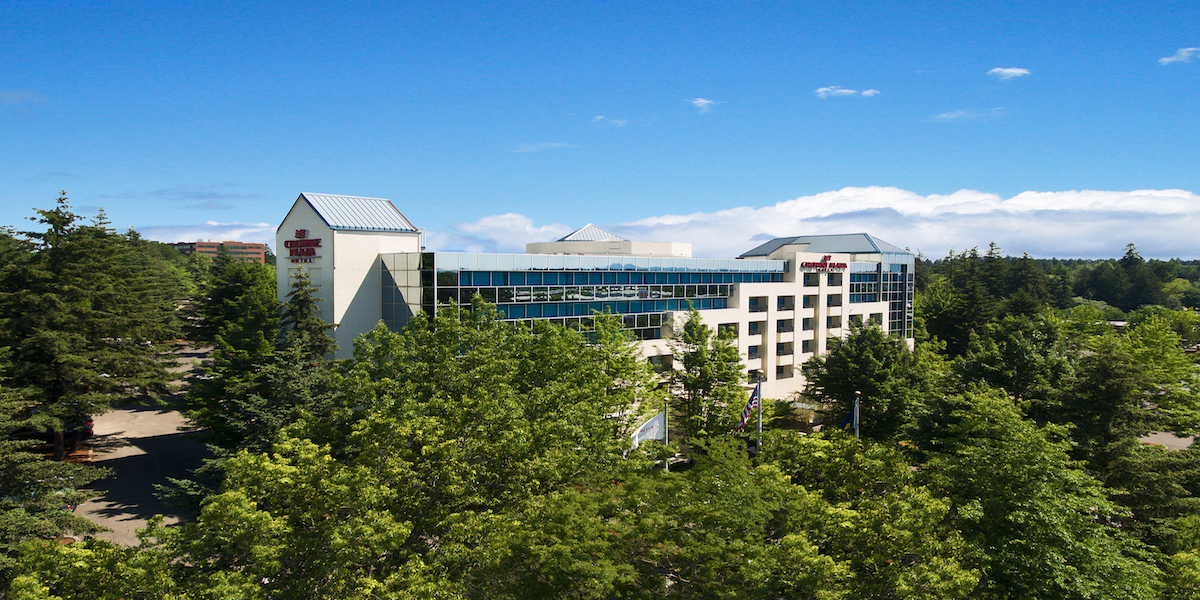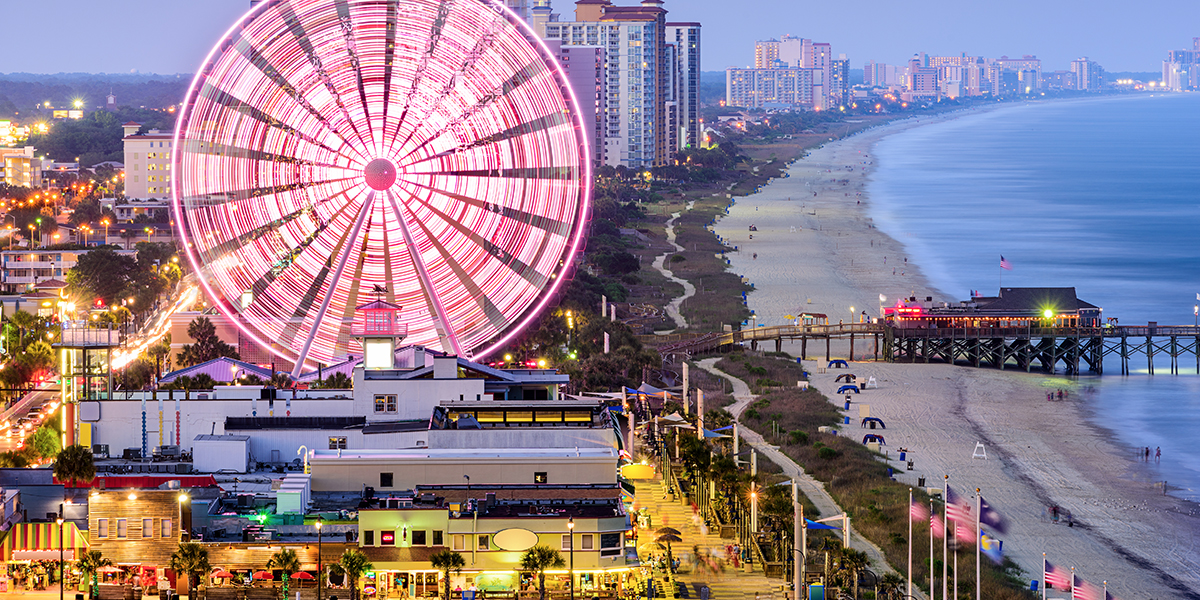Anticipate, adapt, accomplish.
Empire's track record of anticipating market direction, adapting to market change and timely accomplishing its business plan dates back to the mid-1970's. During this time period, the real estate downturns of each cycle decreased values significantly in various regions of the country at different times. Empire, with relatively few exceptions, navigated in and out of markets within respective economic cycles avoiding or minimizing the adverse impact of each downturn and prepared for the next cycle.

Southern California
1970’s
- Starting in 1976, Empire purchased numerous multifamily properties in Southern California.
- Empire upgraded the properties and timely sold the portfolio. The California market took a downturn in the early 1980s.
- In 1978, Empire began researching out of state real estate markets and went under contract with its first out of state acquisition in 1979.

Texas
1980’s
- In 1980, the first of several investment property acquisitions closed in Texas. With the exception of one property, Empire upgraded and sold the Texas multifamily properties it acquired in the early 1980s, before the Texas mid-1980s market downturn.
- At the bottom of the California market in the early 1980s, Empire reentered the market and began acquiring multifamily and other commercial properties including office, retail and mixed use assets in Southern California. With the exception of one property, Empire sold the entire California multifamily and commercial portfolio prior to the early 1990s California meltdown.

Arizona
1990’s
- Shortly after the Arizona market bottomed out in the early 1990s, Empire began acquiring distressed investment properties throughout Arizona.
- When the California real estate market bottomed out in the mid-1990s, Empire reentered the market for a third time, buying distressed REO assets and non-performing real estate loans. Empire continued to buy California investment properties throughout the decade as the market continued to appreciate.
- Empire sold its Arizona portfolio by the late 1990s; this market experienced good appreciation during Empire's ownership, before leveling off thereafter. The portfolio consisted of apartment buildings in Phoenix, Scottsdale and Tucson, and a master planned residential development in Tucson. One of the apartment complexes was rezoned and converted into a hotel.

Washington
2000’s
- Empire continued buying several California investment properties until 2005; during that time the market appreciated, before it began to moderate and level off in 2006.
- Before the 2008 market downturn, Empire in 2005/2006 sold all California newly entitled properties and multifamily redevelopment sites that it had acquired during that up cycle.
- From 1999 to 2006, Empire sold the only two remaining projects it still retained from the prior 1980s real estate cycles; a subdivided hotel / multifamily redevelopment and an apartment complex.

Las Vegas
- Empire rezoned several existing projects in four states ranging from a high rise planned development to a 40 acre multifamily development. All rezoning efforts were successful, and all of the projects were sold prior to the 2008 downturn.
- In 2004, Empire began purchasing several Nevada apartment complexes. Empire upgraded and sold the portfolio prior to the 2008 downturn.
- Four multifamily assets in Oregon and Texas were acquired in 2007. The properties were all upgraded and sold, except for a Portland asset that was refinanced with long term fixed rate debt. Portland has been one of the strongest markets with one of the lowest vacancy factors in the United States.

Oregon
- Numerous multifamily assets in California were acquired during the up cycle through 2005. All of these properties were sold by 2006 (except certain long term hold assets).
- Over 5,000 units that Empire sold prior to the 2008 downturn had been acquired and upgraded during the up cycle.
- In 2008, Empire acquired, below replacement cost, two properties in the Los Angeles area and one in the Seattle area after the markets had been impacted from the real estate downturn. Since then, both markets have been among the best performing in the United States

Northern California
- In 2010 and 2011, Empire began buying multifamily and hospitality properties in Southern and Northern California, taking advantage of distressed real estate opportunities.
- In 2012, Empire sold the two newly repositioned assets in Austin to a REIT, capitalizing on the strong real estate market there.
- In 2012, Empire continued purchasing distressed / bankruptcy investment properties in the Los Angeles and San Francisco Bay area.
- In 2013, Empire reentered the Nevada market acquiring assets in Henderson and Las Vegas, expanded its portfolio in the San Francisco Bay area, and entered the Hawaii market with the acquisition of the largest multifamily project on Maui.




